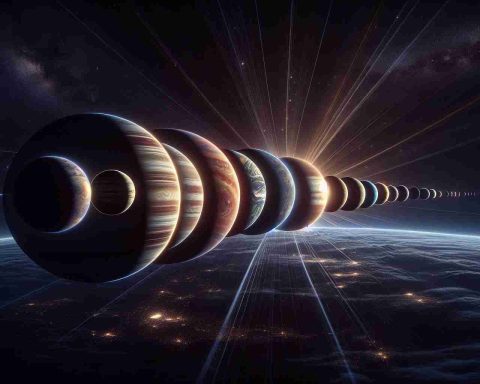Orbit - Page 7
An orbit is the curved path that an object in space follows around a star, planet, moon, or other celestial body, due to the influence of gravity. This motion results from the gravitational attraction between the celestial body and the object, which could be a satellite, a spacecraft, or a planet itself. Orbits can be circular, elliptical, parabolic, or hyperbolic, depending on the velocities and distances involved in the gravitational interaction. The characteristics of an orbit are defined by elements such as its shape, size, and orientation in space, typically described using parameters like semi-major axis, eccentricity, inclination, and period. In the context of Earth, for example, artificial satellites are placed in specific orbits to perform various functions, including telecommunications, weather monitoring, and scientific research.















